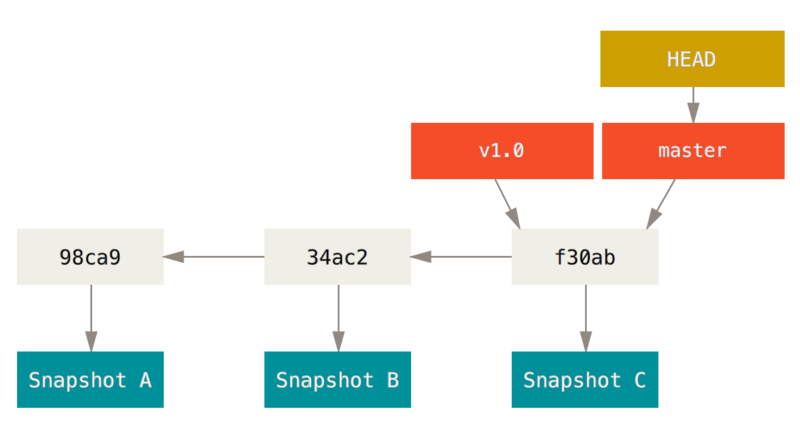
yml files and each one of them gets executed. It is pretty much similar to XML and JSON concerning the work they do, however, yml is easier to read and modify than them. Here, yml stands for a “ YAML Ain’t Markup Language”. Thus it can be said that Workflow, Job, Step, and Action are interdependent, and successful execution of everything is necessary.Ī very important aspect of GitHub action is the. Every step consists of multiple actions that must get executed successfully.

The Syntaxīefore going to the GitHub Action example, we must be familiar with the syntaxes and the terminologies we will encounter while working with them. Since GitHub actions is enabled on all repositories and organizations by default, extra efforts are not needed for getting started with it. GitHub has an inbuilt market place where people can find the actions created by other people, and reuse them if it fits their needs.

However, the owner does not need to write the actions by themselves.

GitHub Actions also provides the facility to build end-to-end Continuous Integration (CI) and Continuous Deployment (CD) capabilities directly in the repository. It gives a privilege to the repository owner to write individual actions and then combine them to create a custom workflow of their choice for their project. In simple words, GitHub Actions enables the user to create custom Software Development Life Cycle (SDLC) workflows in their GitHub repositories. Now since we are familiar with GitHub and repository, we can move to GitHub Actions tutorial. Users can also create unlimited repositories on the platform where they can store code files, images, and other essentials required to run the project Introduction to GitHub Actions GitHub is a cloud-based hosting service that provides a user-friendly UI experience to the users for git versioning.


 0 kommentar(er)
0 kommentar(er)
